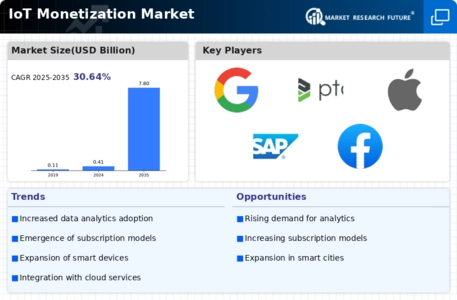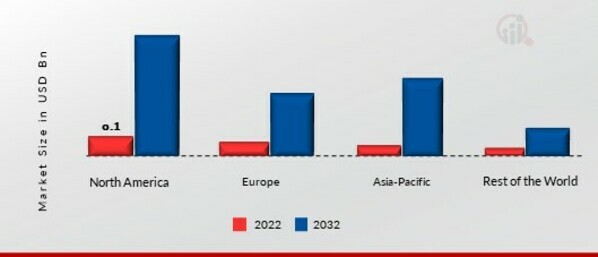Market Trends
Key Emerging Trends in the IoT Monetization Market
In recent years, the Internet of Things (IoT) Monetization market has been witnessing unpredictable shifts and major trends reflecting continuous progression in connected technologies. For instance, with firms' rising recognition of the value offered by IoT data, several innovative strategies and revenue plans have been observed within the monetization arena. One example includes subscription-based models, which see companies charge customers for accessing specific services or features on their IoT platform(s). Furthermore, application-based pricing models are increasing in prevalence across the industry. These involve goods being charged depending on actual usage. Still, it makes billings more individualized and economical, also allowing businesses to buy what they consume rather than committing themselves to fixed rates that may sometimes be above average. Additionally, organizations and partnerships are key shapers of the IOT Monetization market today. Partnerships are being formed to leverage complementary strengths due to the intricate interconnection between IOT environments created by organizations. This trend supports complete solutions that address different requirements and various clients' needs. Moreover, edge computing has significantly impacted IOT monetization trends, which are currently underway. Edge computing refers to processing data closer to where the source was generated, which reduces latency while enhancing real-time decision-making capabilities respectively. This change has led to the emergence of new ways for monetization where companies can provide edge-based services and applications. Edge computing allows for more efficient use of network resources and better performance, thus supporting the development of revenue streams based on low-latency, high-speed processing. Furthermore, increasing attention to data security and privacy has influenced the direction of IoT Monetization. With growing amounts of sensitive data produced by IOT devices, it is crucial to have robust security measures in place. As a result, companies are incorporating security features into their IOT offerings and emphasizing compliance with regulations. The market is moving towards outcome-based models where businesses charge customers according to the value delivered rather than how many individual IoT devices have been used. This results-oriented approach aligns with the broader shift toward a more customer-centric business model that measures success by its effects on end users. Companies can foster stronger customer relationships and differentiate themselves in a highly competitive environment by focusing on outcomes that bring tangible value.









Leave a Comment